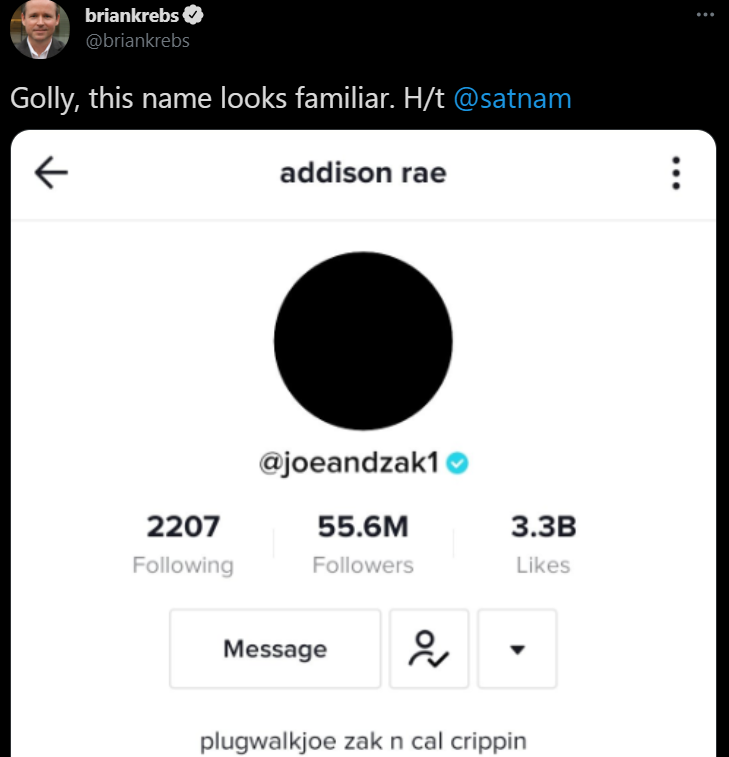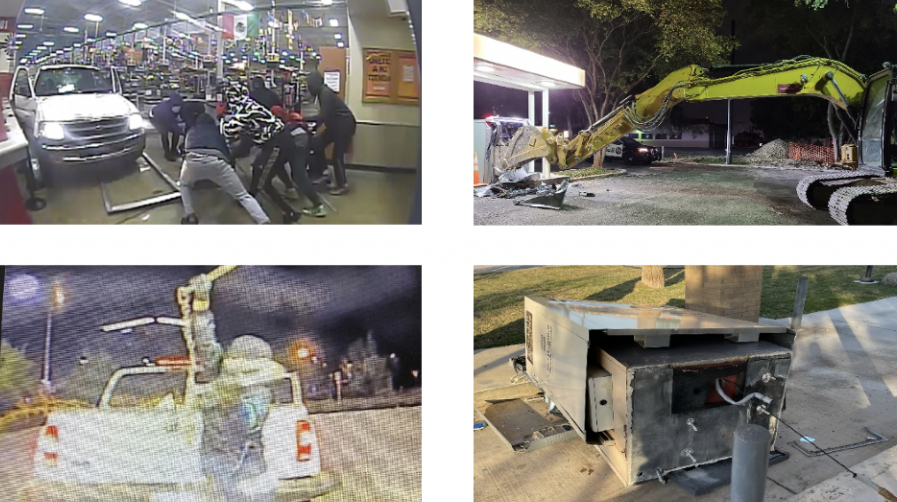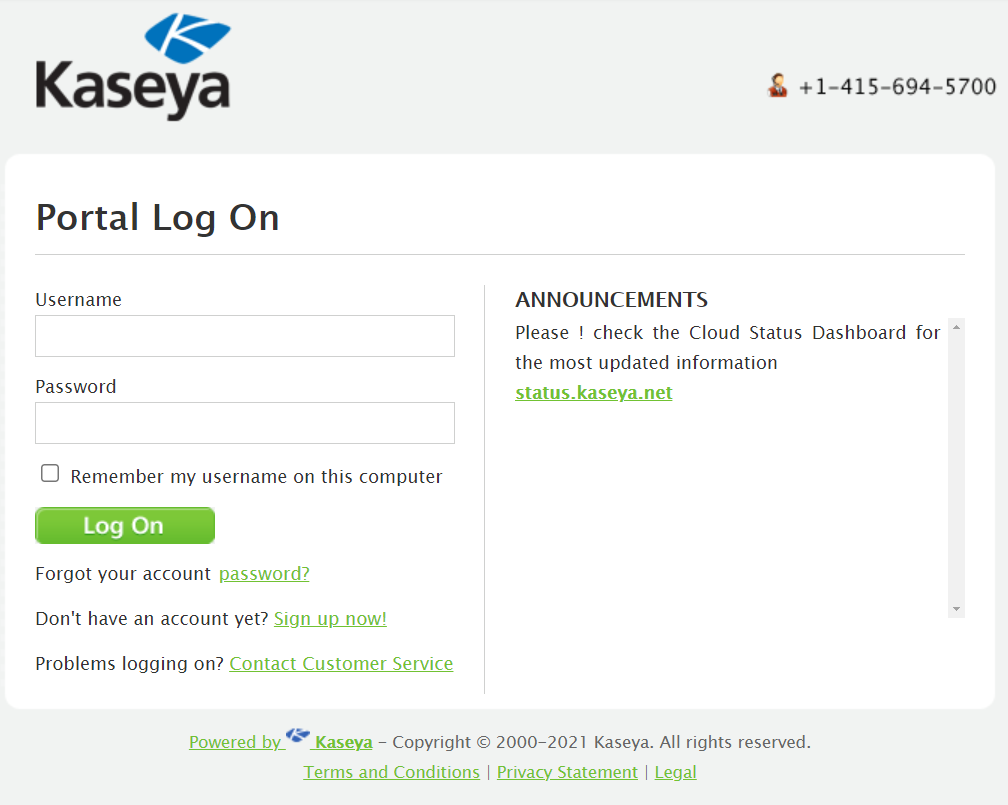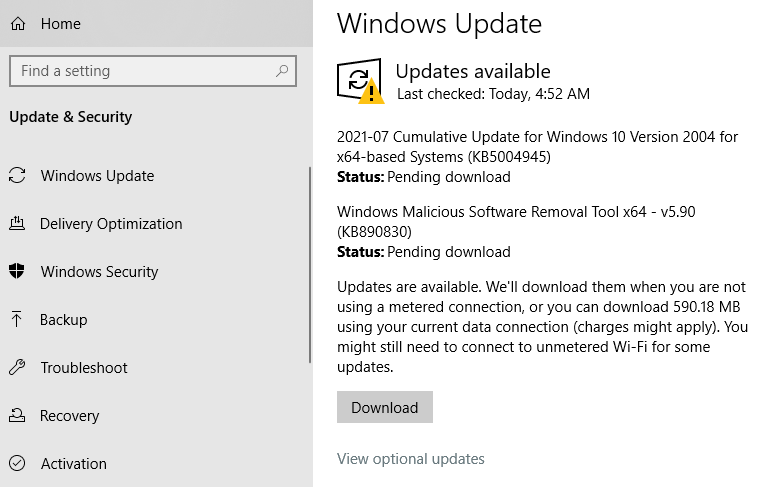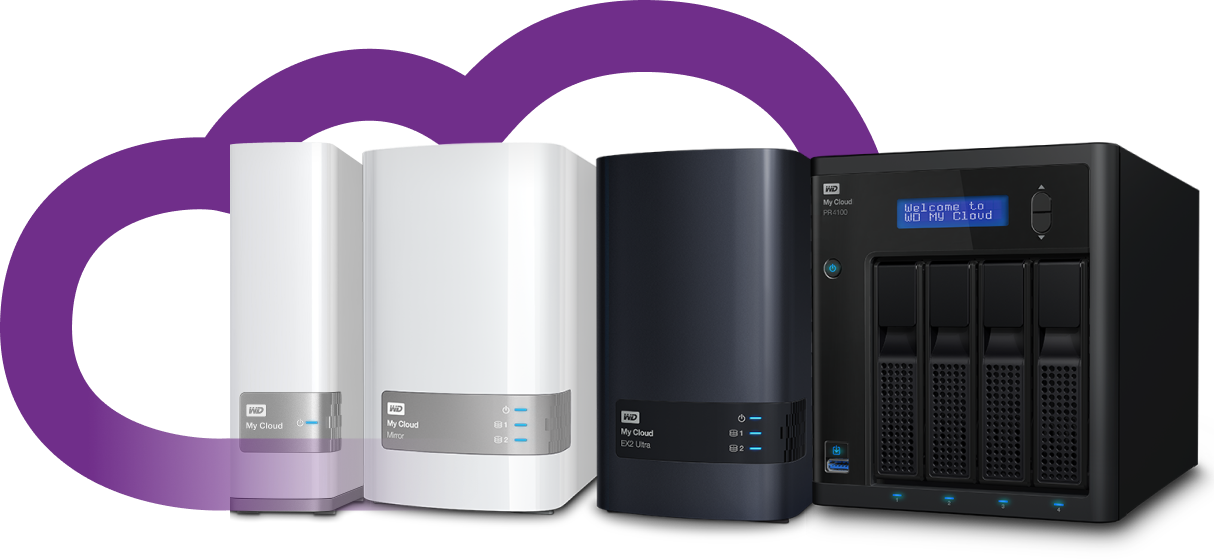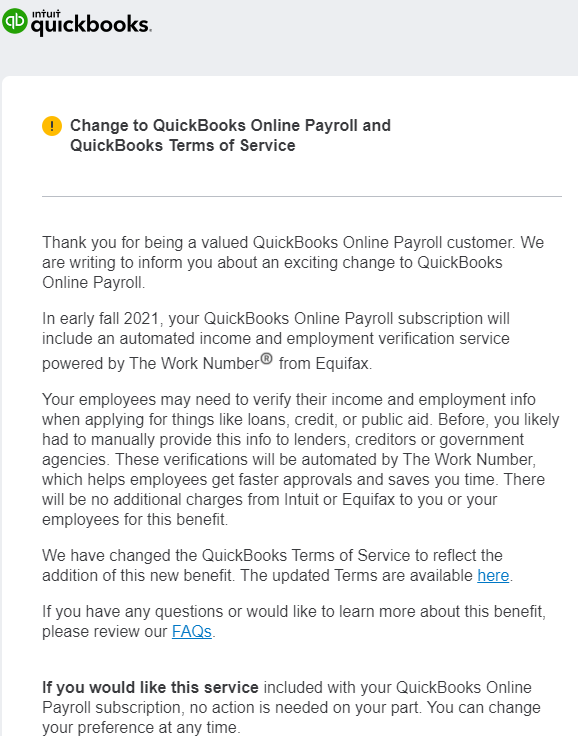
Joseph “PlugwalkJoe” O’Connor, in a photo from a paid press release on Sept. 02, 2020, pitching him as a trustworthy cryptocurrency expert and advisor.
One day after last summer’s mass-hack of Twitter, KrebsOnSecurity wrote that 22-year-old British citizen Joseph “PlugwalkJoe” O’Connor appeared to have been involved in the incident. When the U.S. Justice Department last week announced O’Connor’s arrest and indictment, his alleged role in the Twitter compromise was well covered in the media.
But most of the coverage seems to have overlooked the far more sinister criminal charges in the indictment, which involve an underground scene wherein young men turn to extortion, sextortion, SIM swapping, death threats and physical attacks — all in a frenzied effort to seize control over social media accounts.
Skim the government’s indictment and you might overlook a footnote on Page 4 that says O’Connor is part of a group that had exactly zero reservations about using their playbook of harassment tactics against law enforcement agents who were already investigating their alleged crimes.
“O’Connor has potentially been linked to additional prior swatting incidents and possibly (although not confirmed and currently still under investigation) the swatting of a U.S. law enforcement officer,” the footnote reads.
Swatting involves making a false report to authorities in a target’s name with the intention of sending a heavily armed police force to that person’s address. It’s a potentially deadly hoax: Earlier this month, a Tennessee man was sentenced to 60 months in prison for setting in motion a swatting attack that led to the death of a 60-year-old grandfather.
As for the actual criminal charges, O’Connor faces ten counts, including conspiracy, computer intrusion, extortive communications, stalking and threatening communications.
FEMALE TARGETS
All of those come into play in the case of the Snapchat account of actor Bella Thorne, who was allegedly targeted by PlugwalkJoe and associates in June 2019.
Investigators say O’Connor was involved in a “SIM swap” against Thorne’s mobile phone number. Unauthorized SIM swapping is a scheme in which fraudsters trick or bribe employees at wireless phone companies into redirecting the target’s text messages and phone calls to a device they control. From there, the attackers can reset the password for any online account that allows password resets via SMS.
In this case, the SIM swap was done to wrest control over Thorne’s Snapchat account. Once inside, the attackers found nude photos of Thorne, which they then threatened to release unless she agreed to post on social media thanking the hackers using their online handles.
The intruders posted on Thorne’s Snapchat, “Will drop nudes if 5000 of you follow @PlugwalkJoe.” Thorne told the feds her phone lost service shortly before her account was hijacked. Investigators later found the same Internet address used to access Thorne’s Snapchat account also was used minutes later to access “@Joe” on Instagram, which O’Connor has claimed publicly.
On June 15, 2019, Thorne posted on Twitter that she’d been “threatened with my own nudes,” and posted screenshots of the text message with the individual who had extorted him/her. Thorne said she was releasing the photographs so that the individual would not be able to “take yet another thing from me.”
The indictment alleges O’Connor also swatted and cyberstalked a 16-year-old girl, sending her nude photos and threatening to rape and/or murder her and her family.
Social media personality Addison Rae had 55 million followers when her TikTok account got hacked last August. I noted on Twitter at the time that PlugWalkJoe had left his calling card yet again. The indictment alleges O’Connor also was involved in a SIM-swap against Rae’s mobile number.



